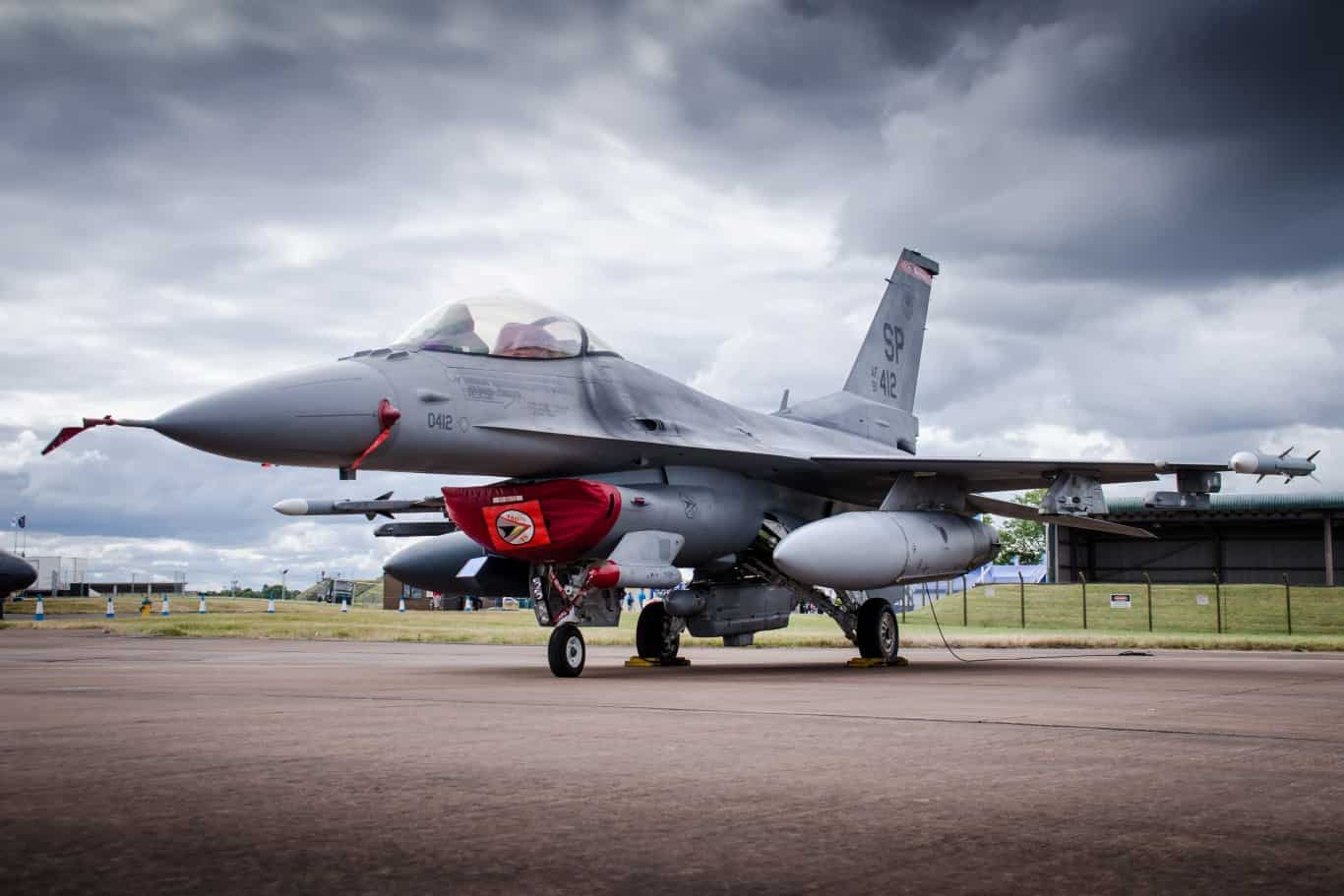
Tensions between China and Taiwan are rising. Beijing has long maintained Taiwan is a separatist province to be brought back into the fold, by force if necessary. Most nations, including the United States, pay lip service to the “One China” policy espoused by the People’s Republic of China. The reality is a little messier. The United States switched recognition from the Republic of China (Taiwan) to the People’s Republic of China as “true China” in 1979. However, Washington did not completely abandon Taipei and maintained strong informal ties and commitment to aid its defense.
As China ramps up its military for a possible invasion, the United States faces a difficult choice. Intervening would ignite a dangerous wider conflict and a global economic meltdown that could end American military hegemony. Equally, abandoning Taiwan would have serious long-term geopolitical consequences. This article will explore what actions the United States could take if China pressed its territorial claims on Taiwan by force.
Why This Matters

Supporting Taiwan is one of the few policies in American politics with overwhelmingly bipartisan support. The Congressional Taiwan Caucus has 229 members in the House and the Senate, making it the organization in the United States Congress. Taiwan received an $8 billion military aid package from the United States in April 2024. This deal signaled heightened tensions with China and the need for a stronger deterrent. Understanding how a conflict may play out will provide key insights into the measures needed to avert war.
Strategic Ambiguity
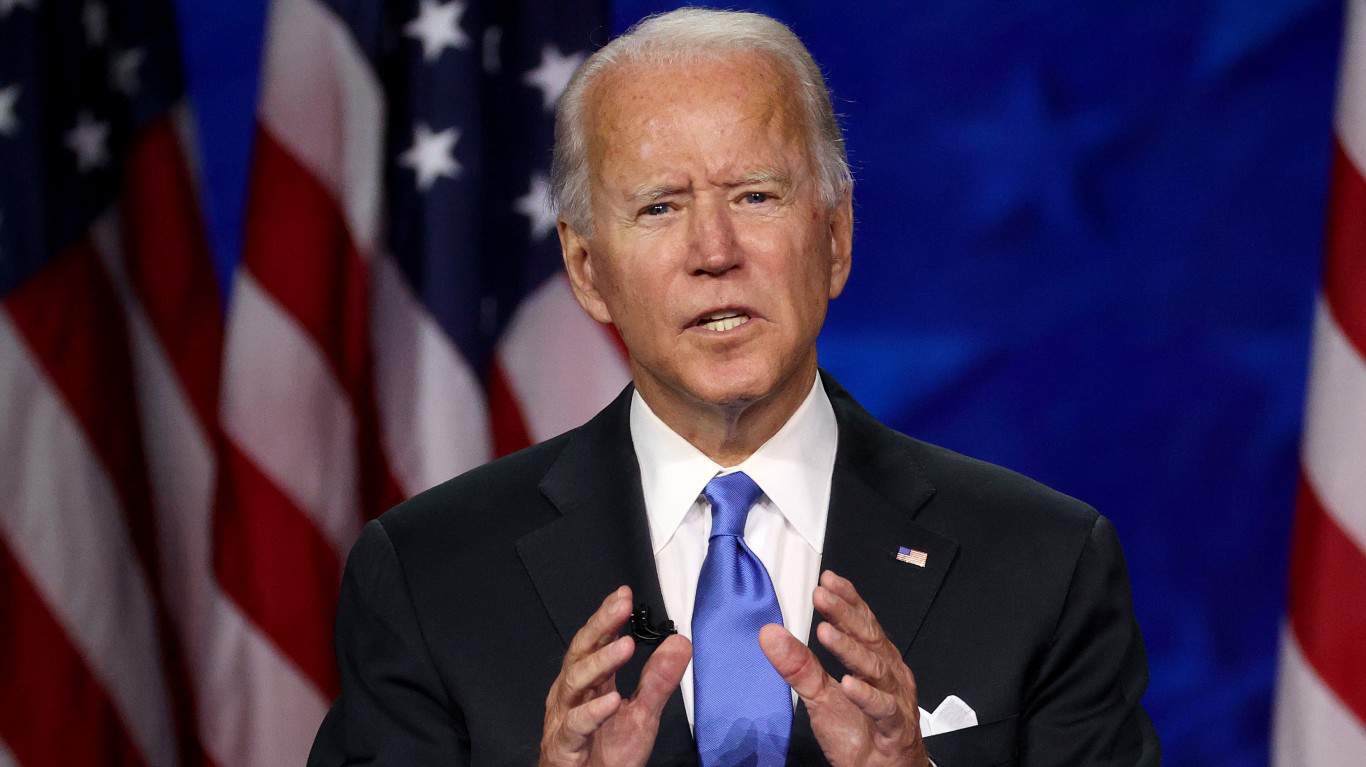
Current US policy toward Taiwan is strategic ambiguity. On the one hand, the United States does not recognize Taiwan’s independence. Officially, Washington adheres to Beijing’s “One China” policy. In reality, the US supports Taiwan’s de facto sovereignty with unofficial diplomatic ties and military aid. The Taiwan Relations Act (1979) authorizes the president to provide arms and resist any forceful attempts to change the status quo forcibly.
The United States implies it might intervene if China were to press its claim by force but will not make any firm commitments. It is this subtle underlying threat that allows Washington to have it both ways. Joe Biden has publicly stated he opposes Taiwan declaring independence but also hinted the US would come to Taiwan’s aid if attacked. In keeping with American policy, he pointedly refused to divulge what that support would look like.
While the policy has largely worked up to this point, a more assertive posture may needed once Beijing’s military is strong enough to take Taiwan.
Diplomacy/No Response
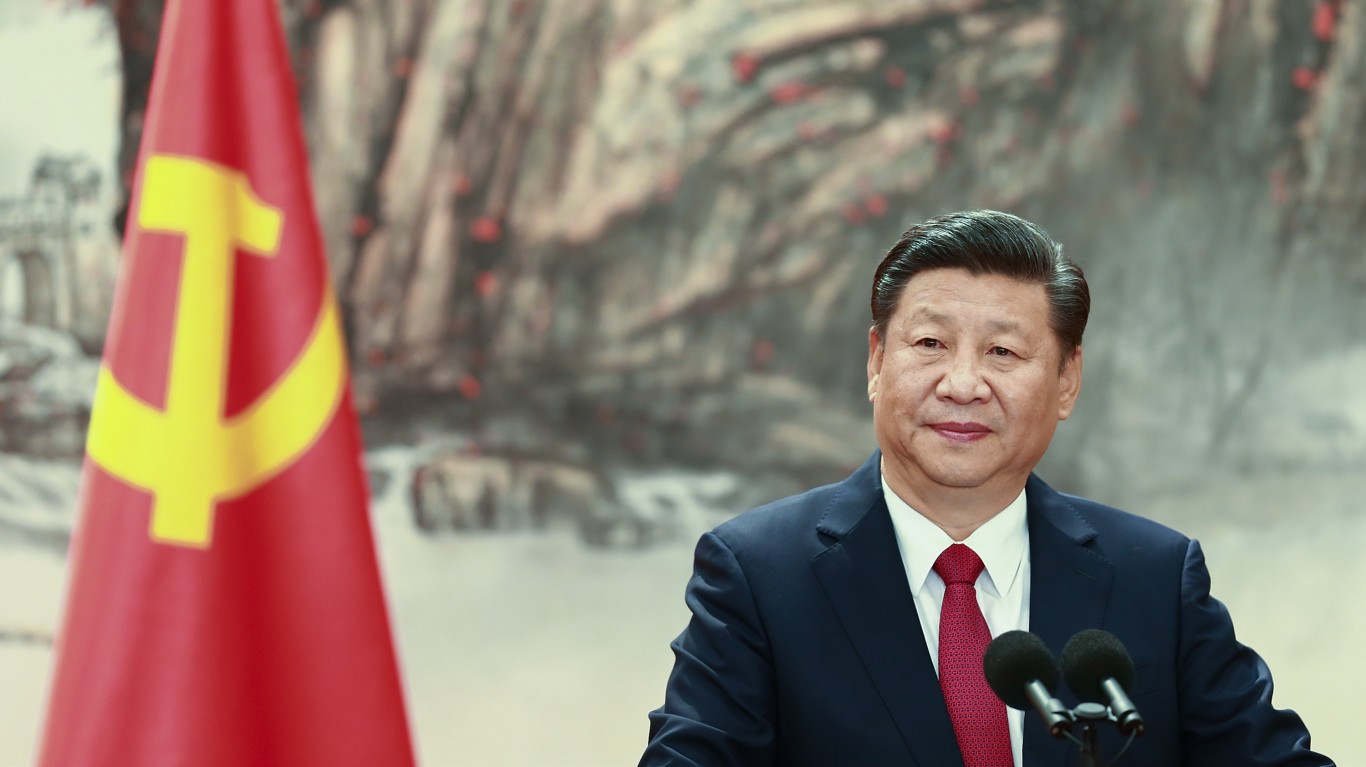
Given how much the United States stands to lose economically in a confrontation with China. It would be much easier to mediate a diplomatic solution to the problem. Hong Kong offers a possible way forward for Taipei to rejoin the mainland: one country, two systems. If Beijing could offer suitable guarantees that Taiwan’s laws and economic and personal liberties would endure, war might be avoided. With American backing and the lure of a bloodless victory for Beijing, Taiwan would have a strong negotiating position.
Of course, the path of least resistance still has some serious drawbacks. The first is that “one country, two systems” is much harder to manage than it is to proclaim as the friction between Hong Kong and Beijing shows. As a democracy, Taiwan’s method of choosing its leaders would almost certainly clash with the mainland. Further, the people of Taiwan are quite clearly against unification with China.
Finally, giving up on Taiwan would risk serious domestic political fallout in the United States. Whichever president washed their hands of Taipei would have hell to pay in Congress and with public opinion. If there’s one thing the American public hates, it’s the appearance of weakness on the international stage.
Sanctions
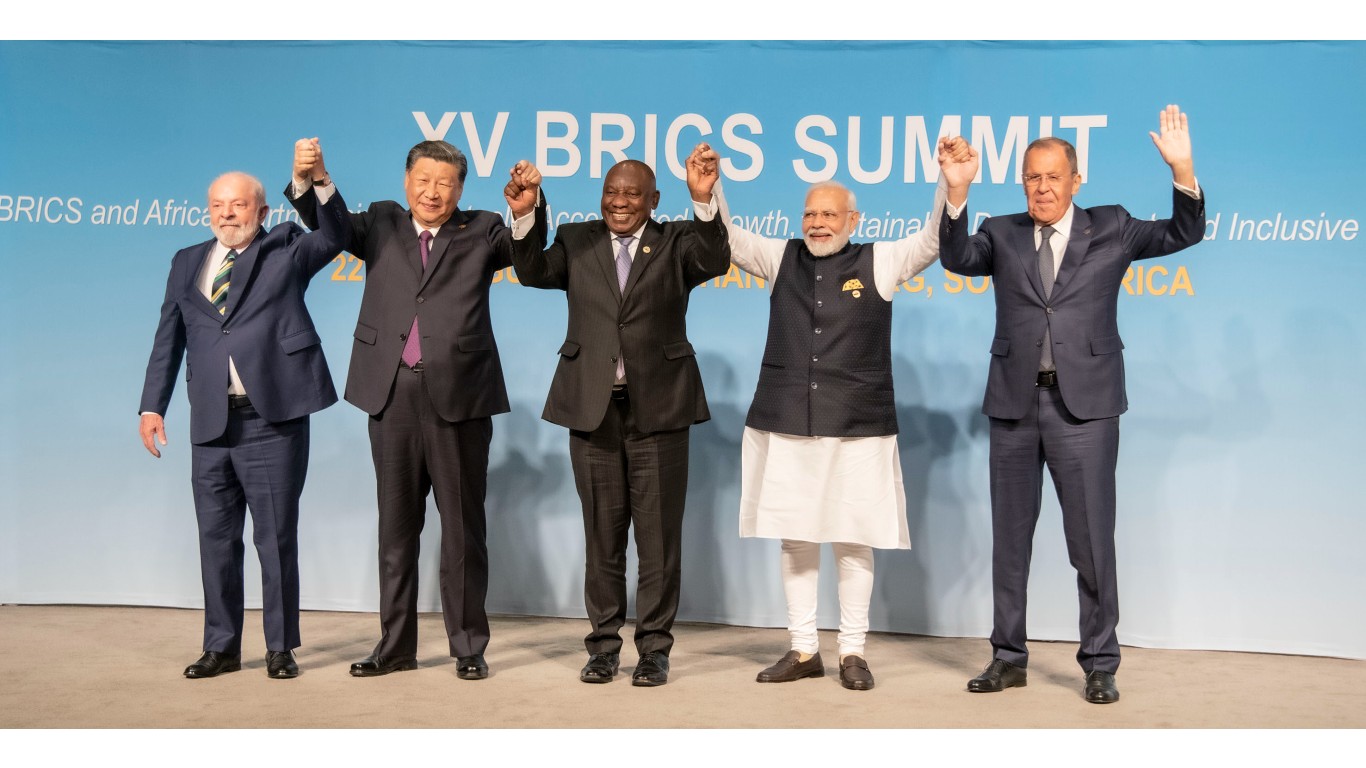
If China attempted to invade Taiwan, the United States would almost certainly announce sanctions against Beijing. However, as the Ukraine conflict showed, the biggest problem would be enforcement. Too many nations are heavily dependent on trade with China. Non-aligned nations would have little interest in shutting out China and even close American allies would struggle to follow America’s lead. With over $750 billion worth of trade passing between the United States and China each, sanctions would be painful for both parties.
As a co-founding member of BRICS, China would still have plenty of willing customers globally. They wouldn’t be enough to make up for the shortfall caused by American sanctions but should allow Beijing to weather the economic storm in the short and medium term.
Indirect Support
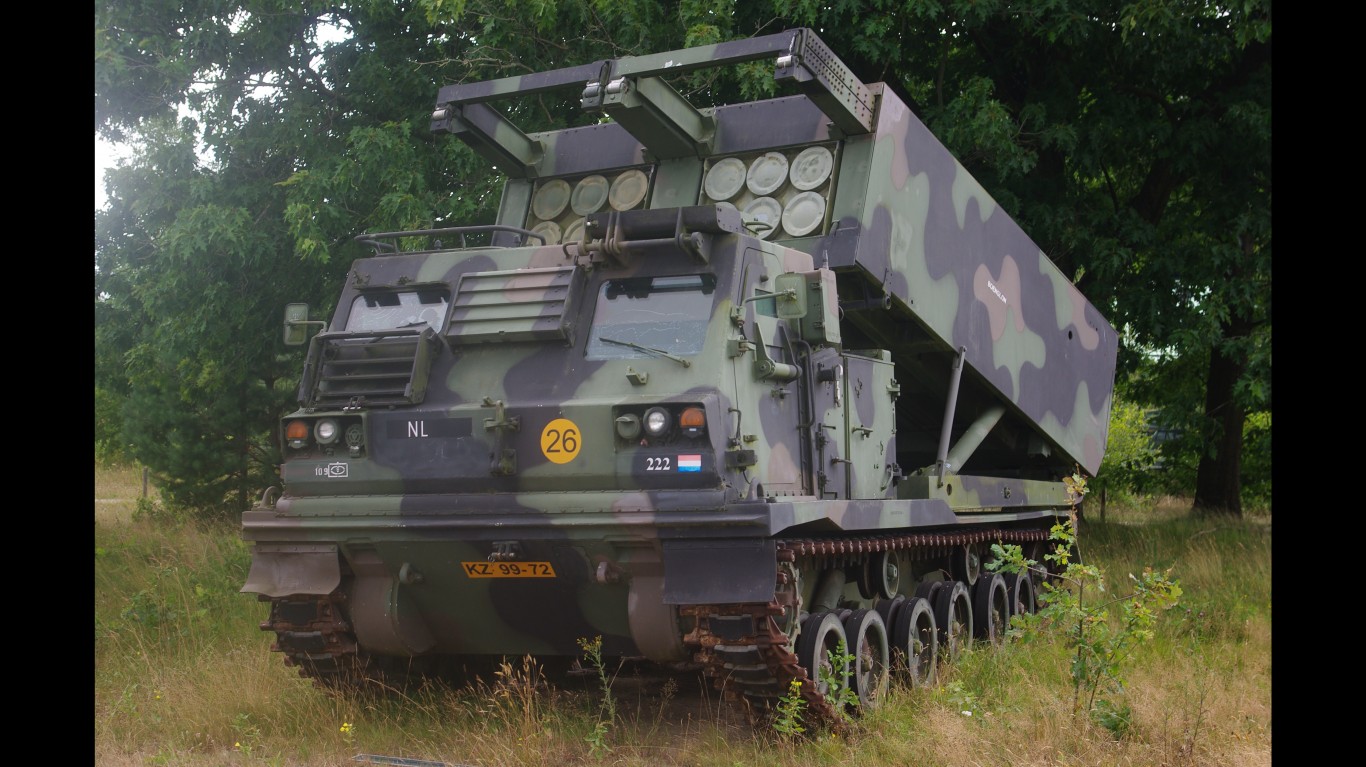
Similar to Ukraine, the United States may opt to stay out of any armed conflict but supply Taiwan with substantial military aid to fight alone. Large donations of Patriot missile batteries and Multiple Launch Rocket Systems (MLRS), such as the M270, would help even the odds. However, getting supplies through to Taiwan would be a lot more difficult than Ukraine once hostilities begin. Ukraine borders friendly NATO allies where the Russians can do nothing to stop military aid from getting to Kyiv.
Conversely, Taiwan is an island just a few miles away from mainland China. If the Chinese Navy enacted a blockade, as it should, the United States would have immense difficulty getting anything to Taiwan without escalation.
Carrier Groups
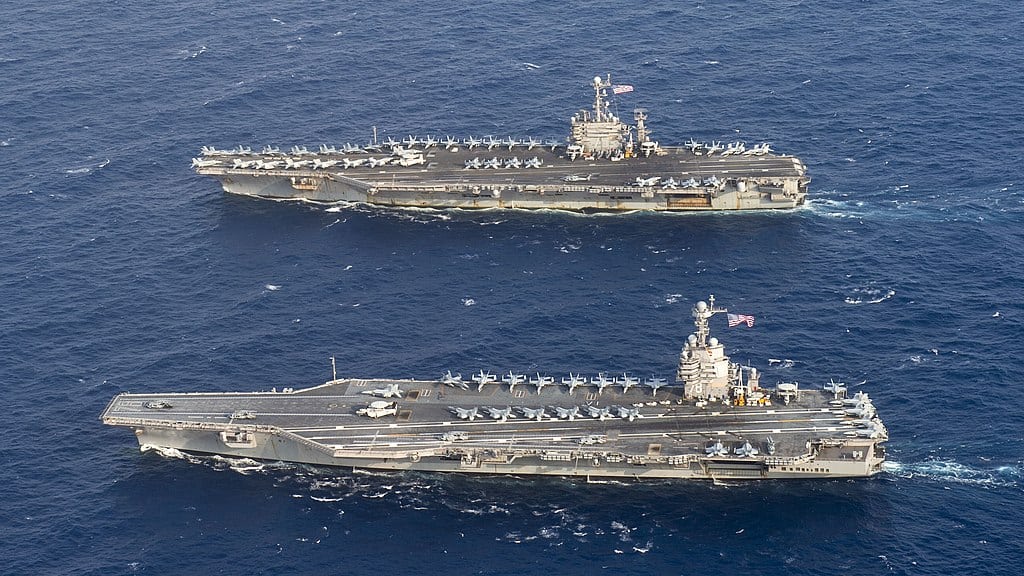
The United States has twice sent fleets to the Taiwan Strait. During the Korean War, the US Navy’s Seventh Fleet was sent to protect Taiwan and prevent a Chinese invasion. In 1996, the Clinton administration dispatched a carrier group to the Taiwan Strait when tensions between Beijing and Taipei were high. In both cases, China backed down without serious incident but it’s less certain the gambit would work a third time.
For one, China is far stronger today than it was in the 1950s and 1990s. Beijing has invested huge sums in building up its anti-access/area denial (A2/AD) munitions. These so-called “carrier killers” present a credible threat to American capital ships. Losing an aircraft carrier would be an unmitigated disaster for the United States. Any carrier lost wouldn’t be replaced for years, possibly decades. However, actually taking out an aircraft carrier in real battle conditions is a tough task, especially for such an inexperienced military as the People’s Liberation Army (PLA).
The carrier gambit would probably be the last throw of the dice before an armed conflict breaks out. Brinkmanship has worked before but might not be enough this time around. China will have learned from the past and will be less likely to back down now.
Mining
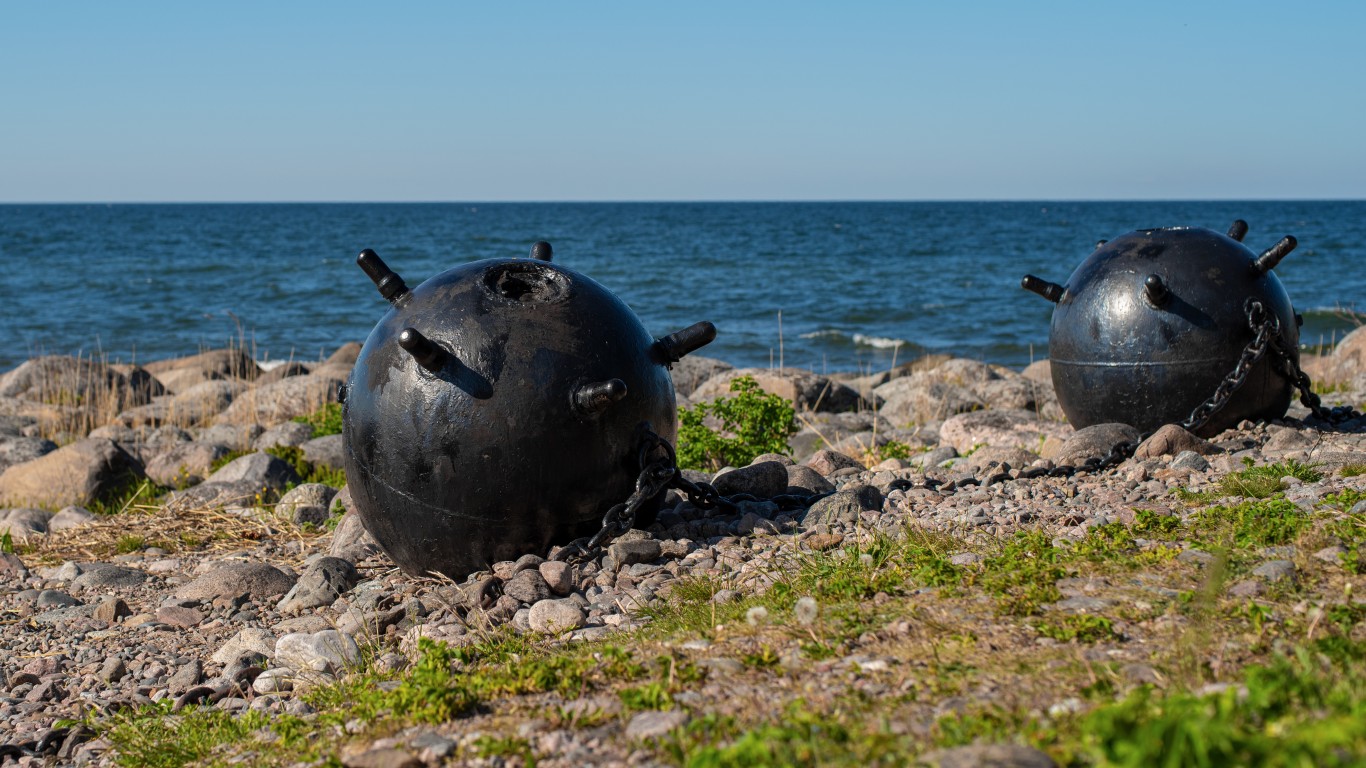
If all non-violent options are exhausted, the United States would have to confront the nightmare scenario of armed conflict with China. There is no real possibility the USA would invade China just as Californians need not worry about the PLA landing on Venice Beach. If it came, the war would be fought mostly in the skies and at sea. The United has the advantage in both but won’t be able to bring its full strength into any conflict.
The US Navy is slightly stronger than the PLA Navy. Though the Chinese have more surface ships, the United States has a qualitative edge and far more capital ships. However, the PLA Navy could commit every last ship to the fight, but the US Navy could not. Taiwan’s navy is one of the strongest on the planet but no match whatsoever for China’s. Time will be vital. The United States has to react quickly and Taiwan must buy enough time for American intervention.
There is one weakness a combined Taiwanese-US task force could try to exploit: mining the Taiwan Strait. Millions of cheap mines could be deployed rapidly with aircraft, drones, ships, and submarines. They could hold up the PLA’s advance for weeks, even months. Since the strait can only be crossed for limited times in the year, mines could buy Taipei crucial time to fortify. Additionally, the shallow coastal waters around Taiwan offer another cost-effective delaying method: artificial barriers or even sinking obsolete ships nearby could create a bottleneck for the PLA.
Japan
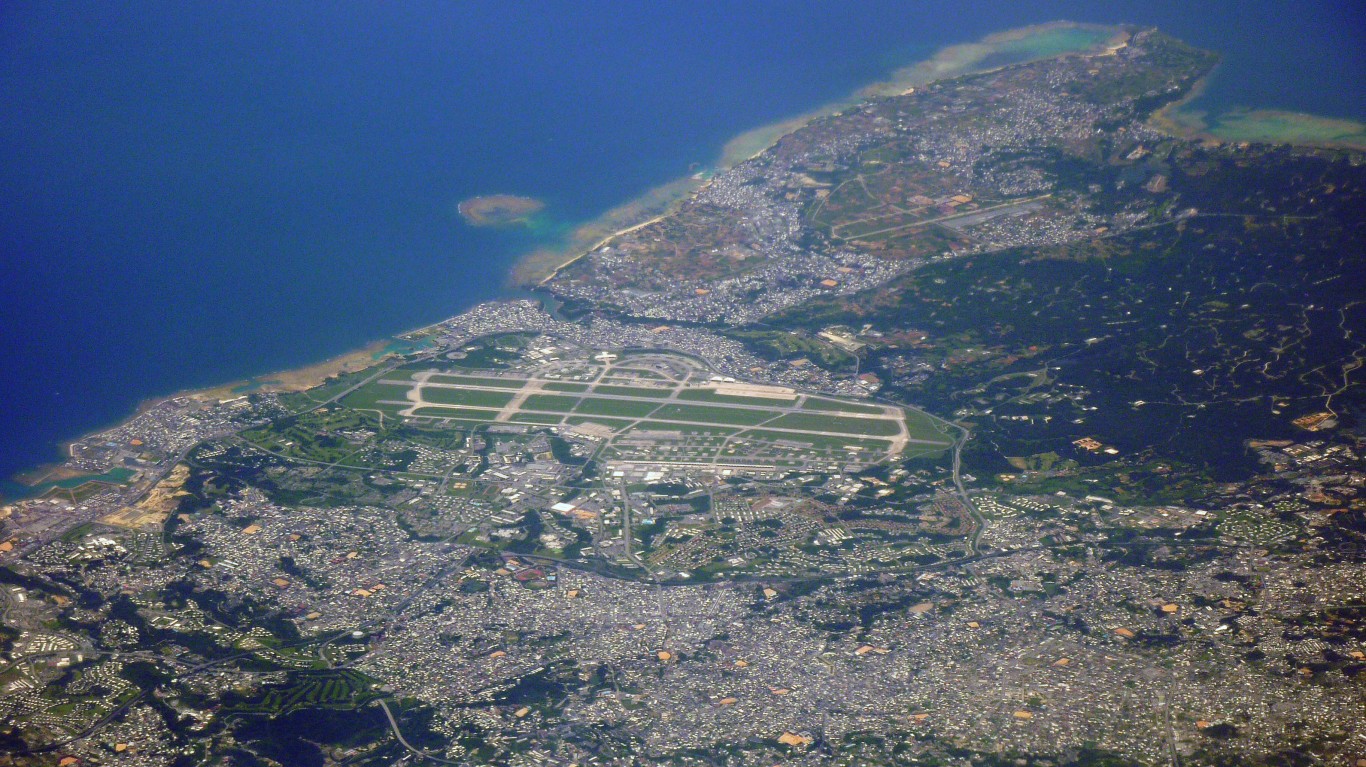
The US Air Force would play a vital role in defending Taiwan. Unlike the PLA Air Force, the USAF has substantial combat experience. China hasn’t shot down an enemy aircraft since 1967. However, the quality of American combat pilots and aircraft would be negated if the United States wasn’t able to use its air bases in Japan. Tokyo might refuse knowing American planes based in Okinawa are well within range of Chinese missiles. However, such an attack would draw Japan into the conflict and Japan’s Maritime Self-Defense Force (JMSDF) is the sixth-largest navy in the world. Japan has previously indicated it would come to Taiwan’s aid if attacked.
South Korea is another important ally in the region but with the ever-present threat of North Korea getting involved, Seoul is far less likely to allow its bases to be used. There is a possibility China would encourage North Korea to launch an attack on its southern neighbor as a diversion. Worse, any South Korean troops crossing the DMZ could drag Russia into the fray.
Opposing The Landing
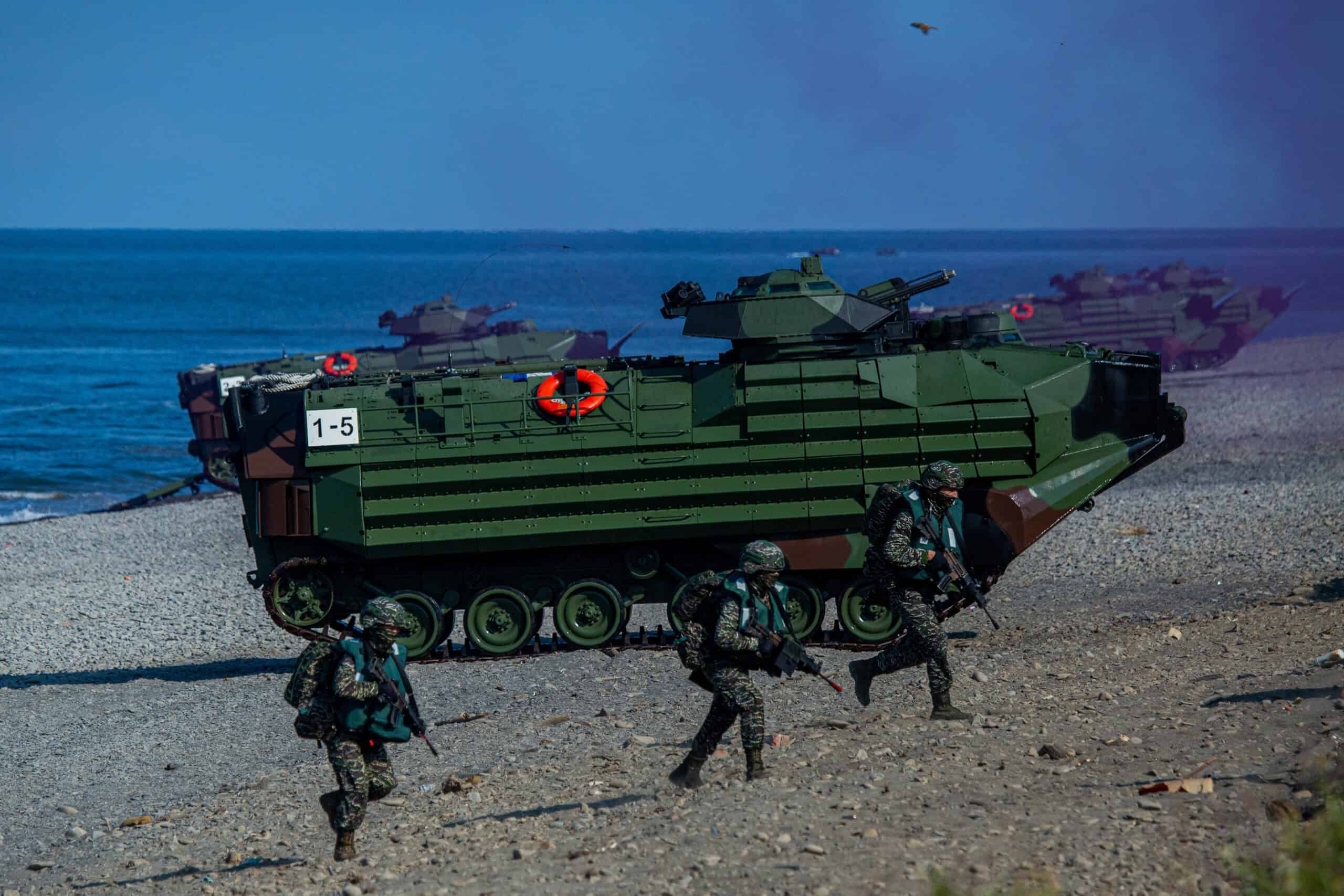
Given the short distance, China’s huge navy, and long-range missiles, it’s unlikely Taiwan will manage to completely prevent PLA forces from landing. However, the US and Taiwan should manage to inflict serious losses on Chinese shipping. The United States could use Joint Air-to-Surface Standoff Missiles (JASSMs) to inflict serious losses on the invading forces. These stealthy cruise missiles could pose a serious threat to the PLA Navy. Extended-range missiles could hit Chinese surface ships from 500 miles away. Taiwan can also launch smaller-scale munitions and drones to blunt China’s attacking forces. Creating a ‘drone hellscape’ won’t defeat the PLA alone but will wear down the invading force. Morale for an operationally inexperience military is a weakness the United States and Taiwan should exploit.
Additionally, submarines will be crucial. Taiwan and the United States combined have enough submarines to wreak havoc on China’s shipping. China can’t land enough forces in one go to take Taiwan and once landed, the invading forces will be vulnerable. If Japan joined the conflict, combined operations could cripple the PLA’s supply lines and give Taiwan’s ground forces a fighting chance.
Defeating the Invasion
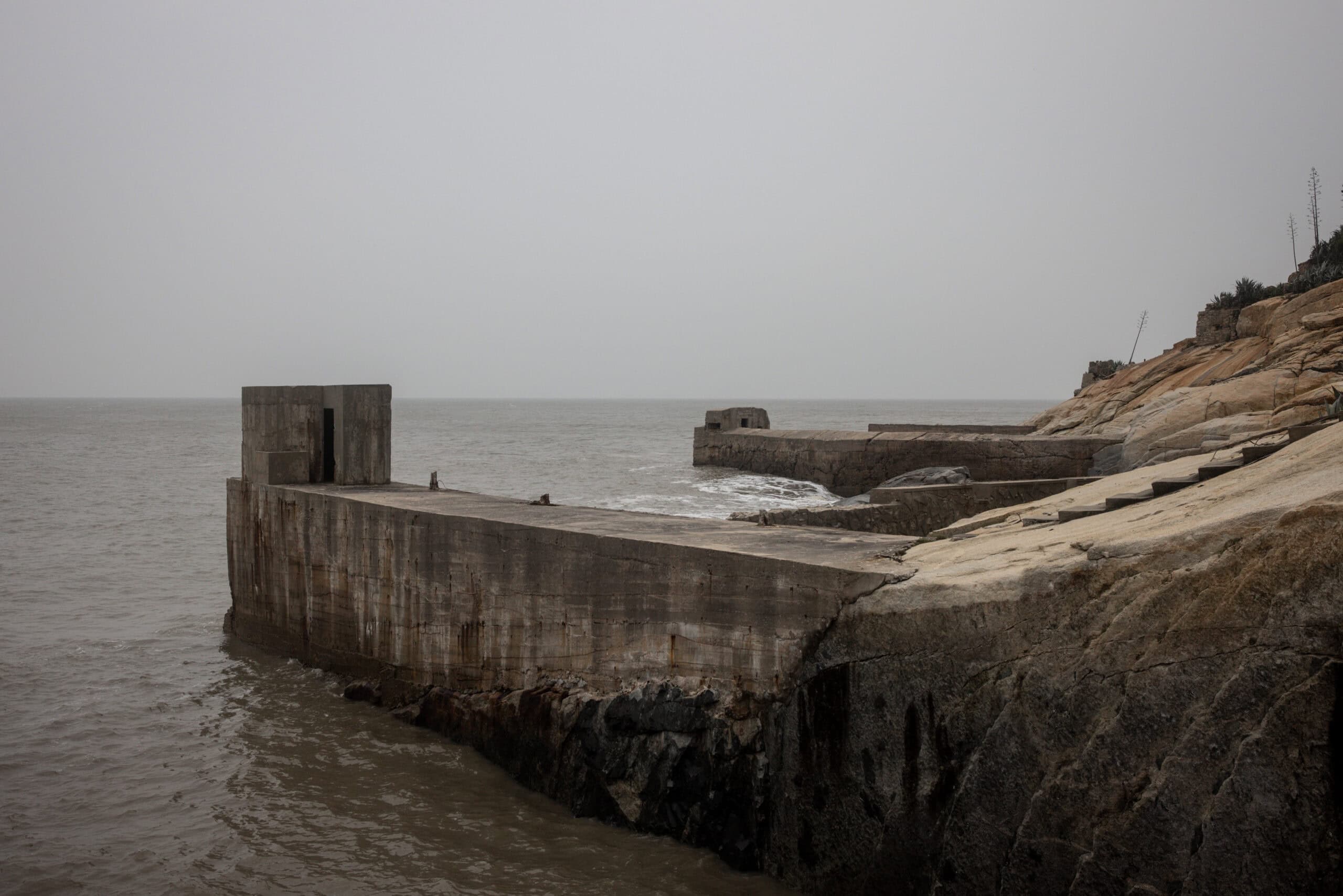
Once the Chinese attack begins, it will be nearly impossible for American troops to land in Taiwan to help resist any amphibious invasion. Taiwan’s land forces must be prepared to fight off the PLA alone. Fortunately for Taiwan, geography is highly favorable to resisting an invasion. There are only a handful of viable landing sites and the terrain offers many fall-back points inland. Furthermore, there is always the option of going scorched earth: deliberately sabotaging ports and airports would severely damage Taiwan’s economy and make postwar recovery difficult but would seriously dent China’s advance.
Taiwan’s land forces are no match for the PLA on an even keel but with defense in depth and American air and naval support, Taiwan has a good chance of beating back the invasion but will pay a heavy price.
Exit Plans

If Taiwan and the United States successfully defend an invasion, the next problem will be finding an off-ramp for hostilities. Congress will likely rule out any attacks on the Chinese mainland to prevent the conflict from escalating out of control. This will limit America’s options for forcing Beijing to the negotiating table. Even in a best-case scenario, the United States will have to accept losses not seen since World War Two. The American public typically has limited patience for protracted wars and even less for high losses. Navigating the political landscape will be a major challenge.
Beijing will be extremely reluctant to give up on Taiwan, even if its invasion force is destroyed. Taiwan will naturally seek firm guarantees against any future Chinese aggression which will make a negotiated peace extremely difficult. Successfully defending Taiwan may only be the first step in a protracted war so the United States and Taiwan must be prepared for the long haul.
Conclusion

There is little doubt any conflict between China and Taiwan would involve the United States. Washington has options but past solutions probably won’t work this time. Dispatching a carrier group worked before but might only serve to offer a tempting pre-emptive target for Beijing this time. Similarly, economic sanctions will have limited impact. Supplying Taiwan will be impossible once hostilities begin as the PLA Navy will prevent aid from getting through.
If China chooses to press its claim on Taiwan with force, the United States will have to respond quickly, decisively, and with total resolve. Japan will be an important partner in any successful intervention against China. The USAF needs access to Japanese air bases to fully exploit its experience and qualitative advantage over China’s air force. Japan’s navy could be another key factor in stopping China.
The US Navy and Air Force will play the most important role in defending Taiwan but Taipei’s land forces will still have to fend off any PLA forces that land. Taiwan will also have to endure severe damage to its infrastructure and contemplate drastic measures. The United States will also have to pay a heavy price to keep Taiwan out of China’s hands. Even if the stars align and everything goes right, hundreds of aircraft and dozens of ships are likely to be lost. Recovering from any war with China will take years if not decades.
To be sure, deterrence is still the best course of action for Taiwan and the United States. Any war with China will be a catastrophe regardless of outcome so it is vital to build up Taiwan’s defenses ahead of time. Fortunately, there is strong bipartisan support for Taiwan so a deal can be made. Aid sent today could prove vital in the future.
Get Ready To Retire (Sponsored)
Start by taking a quick retirement quiz from SmartAsset that will match you with up to 3 financial advisors that serve your area and beyond in 5 minutes, or less.
Each advisor has been vetted by SmartAsset and is held to a fiduciary standard to act in your best interests.
Here’s how it works:
1. Answer SmartAsset advisor match quiz
2. Review your pre-screened matches at your leisure. Check out the advisors’ profiles.
3. Speak with advisors at no cost to you. Have an introductory call on the phone or introduction in person and choose whom to work with in the future
Thank you for reading! Have some feedback for us?
Contact the 24/7 Wall St. editorial team.
